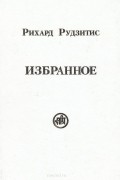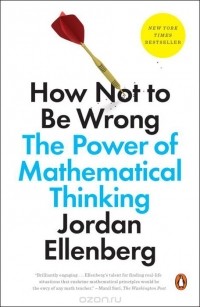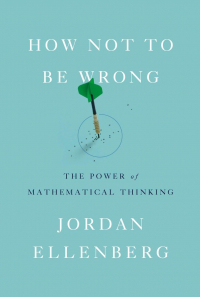Лучшая рецензия
Смотреть 10Книга самая по себе может и неплохая, если бы не одно «но» — ее позиционирование.
Информация в этом произведении вообще не для широкой аудитории, как заявляет описание.
Во время прочтения часто возникает мысль «это же можно было проще объяснить, зачем так усложнять?». Есть несколько интересных моментов, но все эти интересные моменты перекрывает обилие формул и цифр. Формул здесь почти как в учебником по алгебре или геометрии, может даже больше.
Эту книгу могу рекомендовать любителям математики. Если хотите узнать что-то новое и полезной в доступной форме - думаю, что это не совсем подойдет. Тем не менее, автор проделал большую работу, только забыл перевести это на язык попроще.Повторю мысль - если бы не позиционирование, поставил бы оценку выше.































